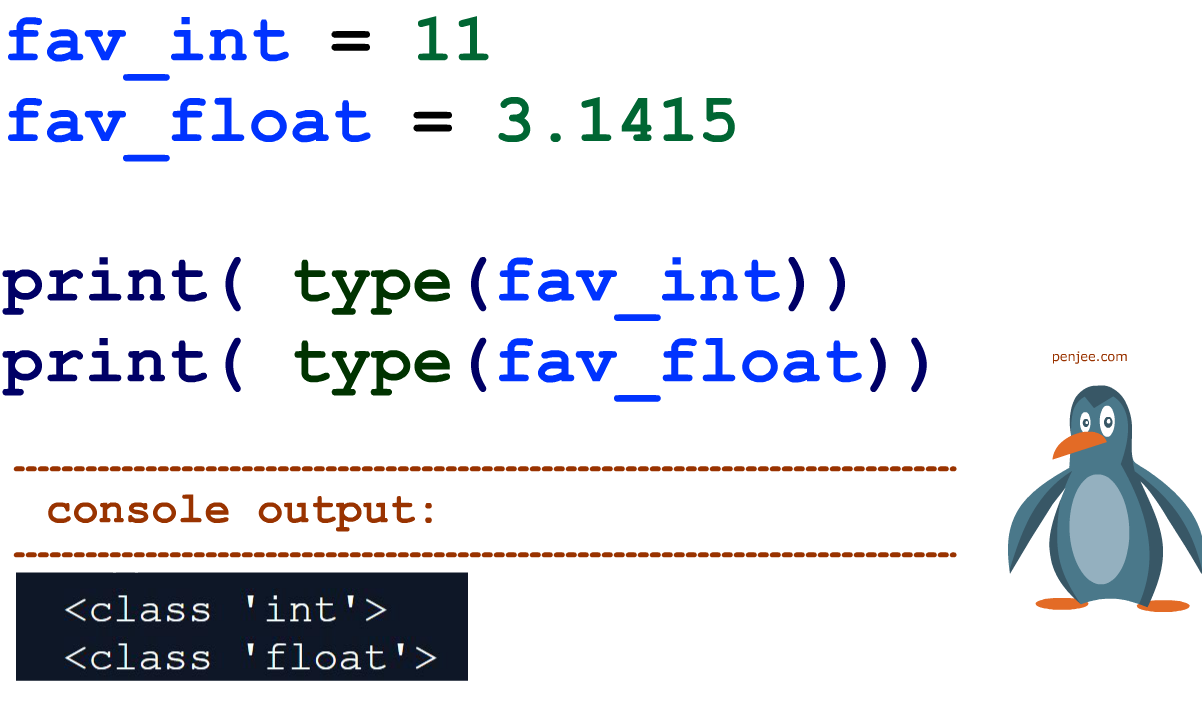
The following examples demonstrate how float() can be used. Related course: Complete Python Programming Course & Exercises syntax To see the data type of a variable or value just call type() > x = 3 If you want to convert from another data type to the flaot data type, you can use float(). ''.Float() function is used to convert integers and strings to floating-point numbers.

Python 2.7 and up (but not 3.0) includes a sophisticated algorithm to do just that, which we can access through the default string formatting operation. So when truncating, it probably makes sense to choose the "nicest" decimal representation out of all that could correspond to the value in memory. It's very rare to be working with a floating-point value that is so close to a round number and yet is intentionally not equal to that round number. For more on floating-point representation error, see the Python tutorial. So a naive implementation would come up with 0.2 even though that's probably not what you want. If you decode the sequence of bits back into a decimal number, again using the IEEE 64-bit floating-point format, you get 0.2999999999999999888977697537484345957637. The truncation function only has access to the binary value stored in the computer's memory, not the string you actually typed into the source code.

This is a fundamental limitation of Python, or indeed any programming language without lazy evaluation. In one case, you meant it to be truncated (to one digit) as 0.3, whereas in the other case you meant it to be truncated as 0.2, but Python can only give one answer. But if you write 0.29999999999999998 in a Python program, the compiler translates it into exactly the same value. This is the closest value to 0.3 that can accurately be represented as an IEEE float.

what you write in the source code) which both produce the same binary representation and yet should be truncated differently. The first step, converting to a string, is quite difficult because there are some pairs of floating point literals (i.e. Or the decimal module str(Decimal(s).quantize(Decimal((0, (1,), -n)), rounding=ROUND_DOWN)) The latter step is easy it can be done either with string manipulation i, p, d = s.partition('.')
Float in python full#
The core of the underlying method is to convert the value to a string at full precision and then just chop off everything beyond the desired number of characters. For older versions, it's not possible to get the same "intelligent rounding" effect (at least, not without a lot of complicated code), but rounding to 12 decimal places before truncation will work much of the time: def truncate(f, n):

'''Truncates/pads a float f to n decimal places without rounding''' First, the function, for those who just want some copy-and-paste code: def truncate(f, n):


 0 kommentar(er)
0 kommentar(er)
